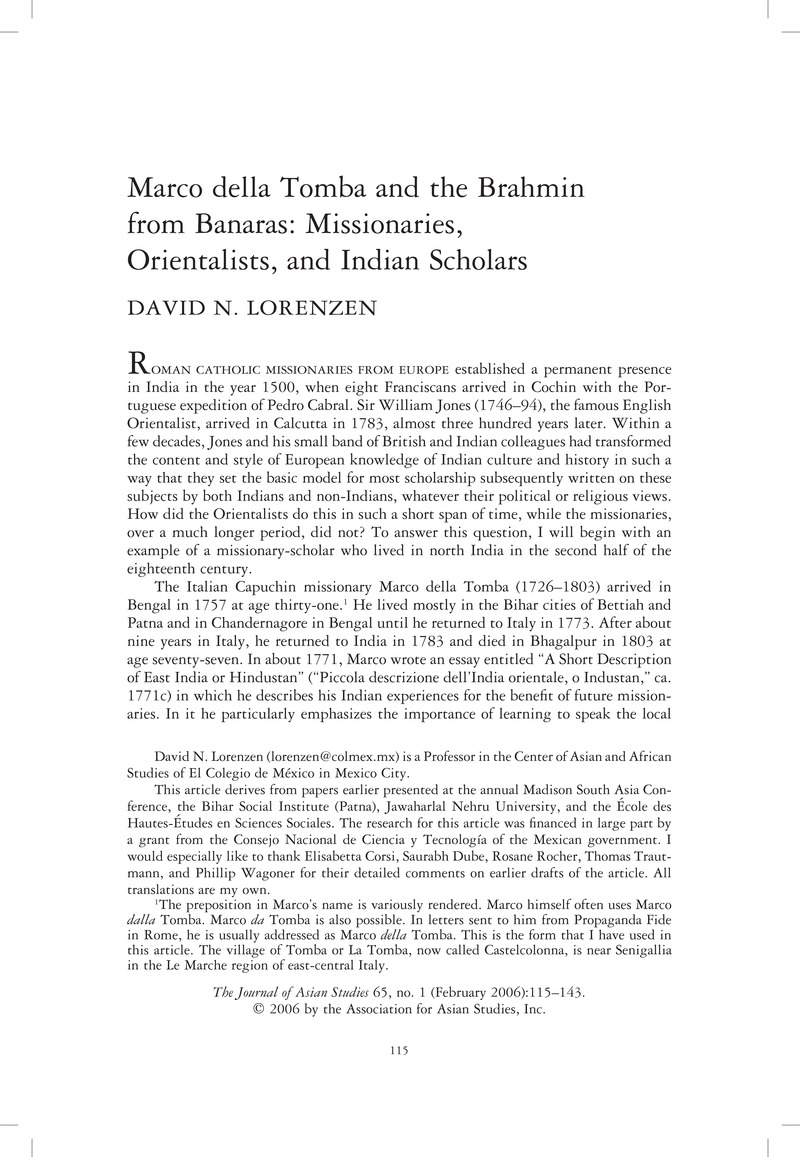Crossref Citations
This article has been cited by the following publications. This list is generated based on data provided by Crossref.
González‐Reimann, Luis
2014.
The Yugas: Their Importance in India and their Use by Western Intellectuals and Esoteric and New Age Writers.
Religion Compass,
Vol. 8,
Issue. 12,
p.
357.
Županov, Ines G.
and
Lefèvre, Corinne
2015.
Cosmopolitismes en Asie du Sud.
p.
13.
Aranha, Paolo
2015.
Cosmopolitismes en Asie du Sud.
p.
331.
Lorenzen, David N.
2017.
Max Weber's <I>Economic Ethic of the World Religions</I>.
p.
175.
Solomon, John
2022.
Caldwell's Dravidians: Knowledge production and the representational strategies of missionary scholars in colonial South India.
Modern Asian Studies,
Vol. 56,
Issue. 6,
p.
1741.



